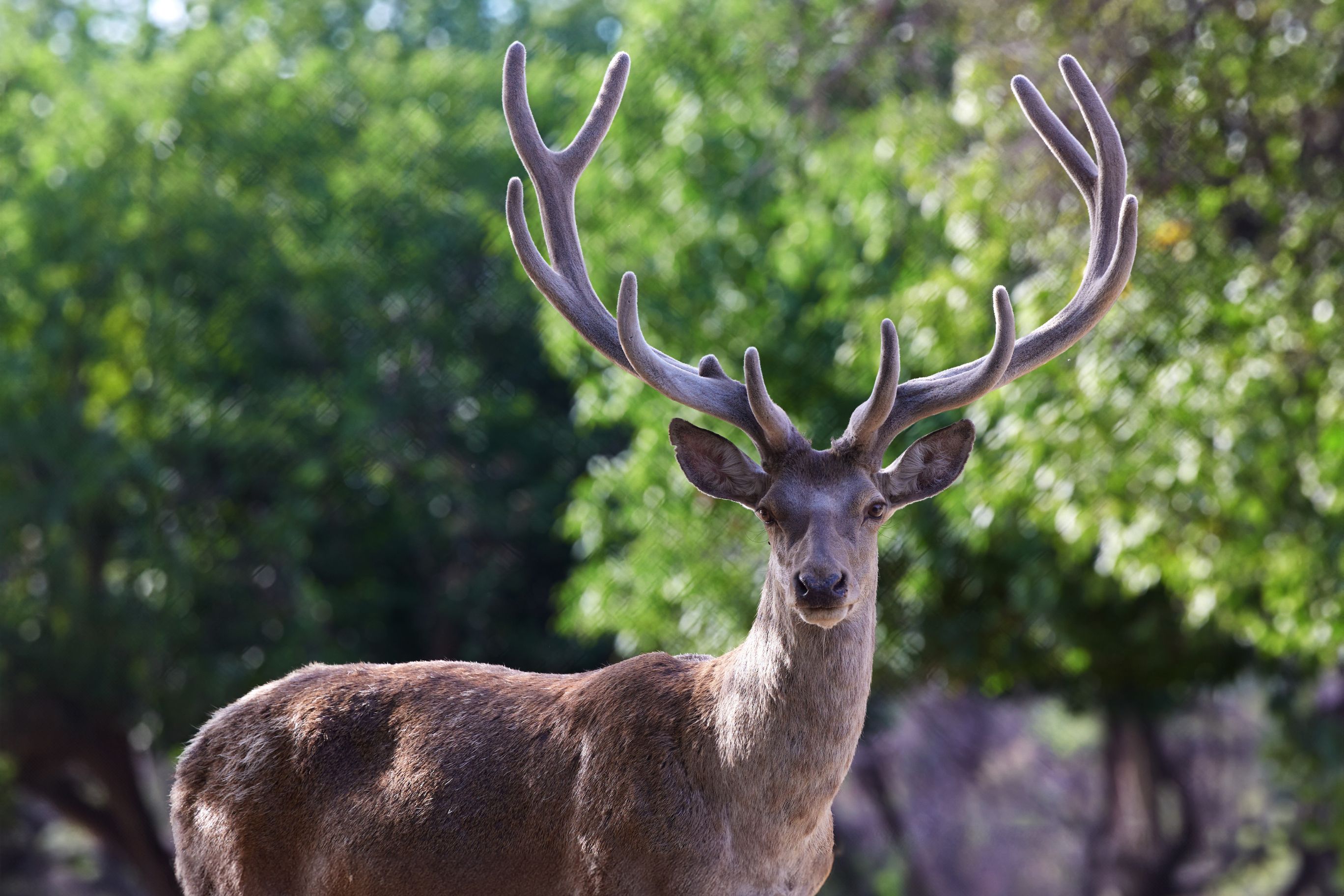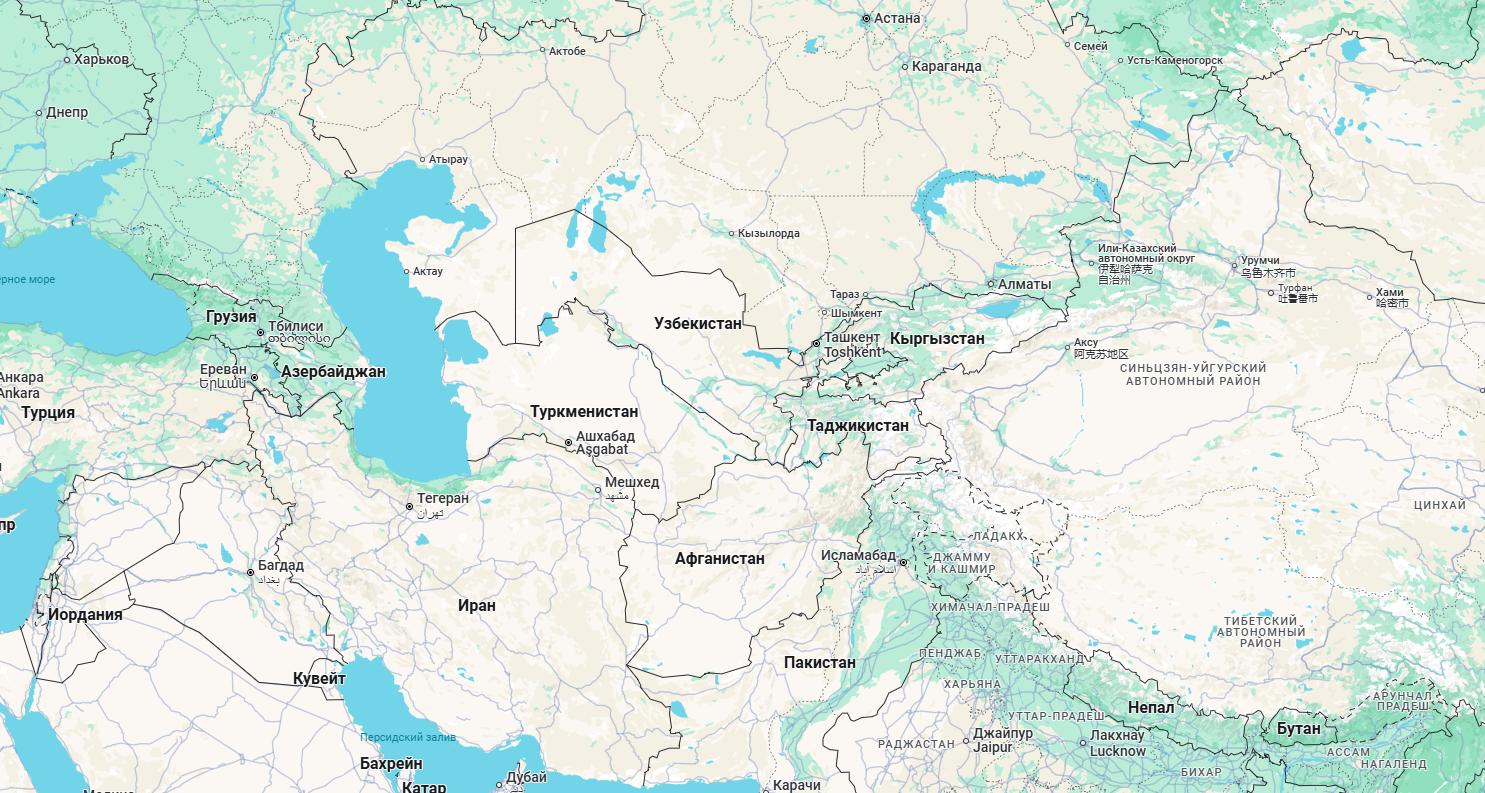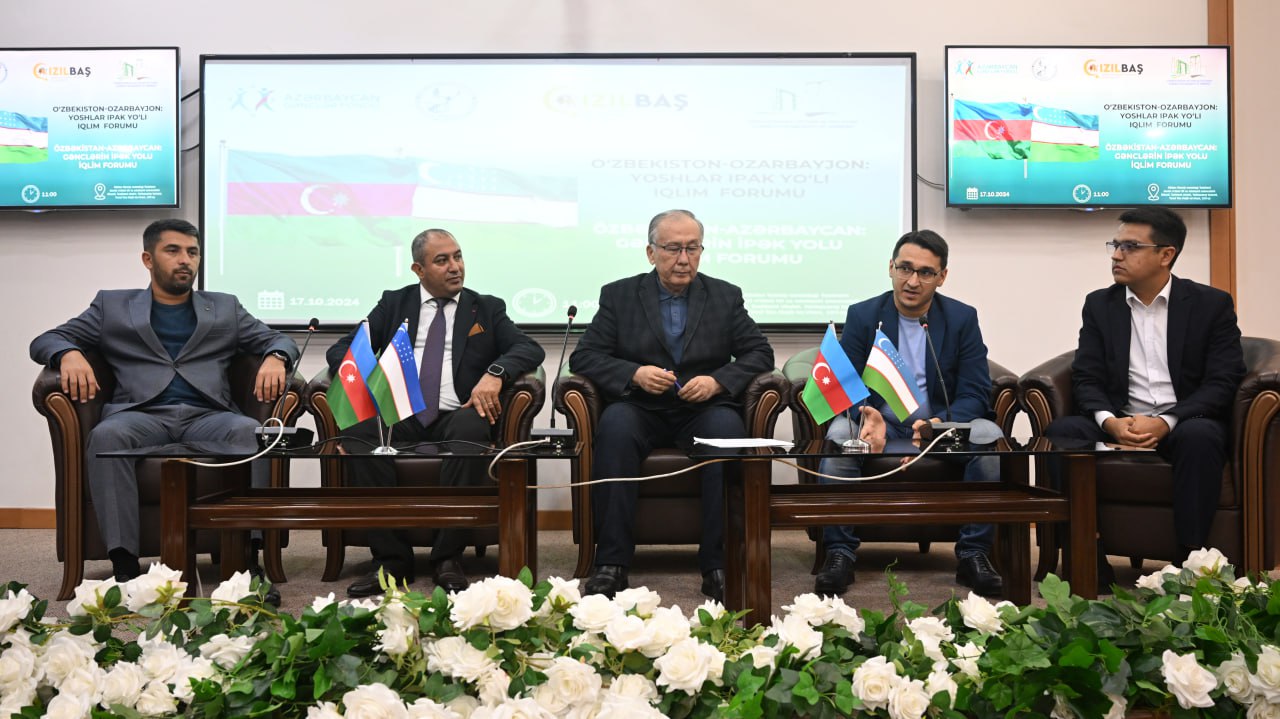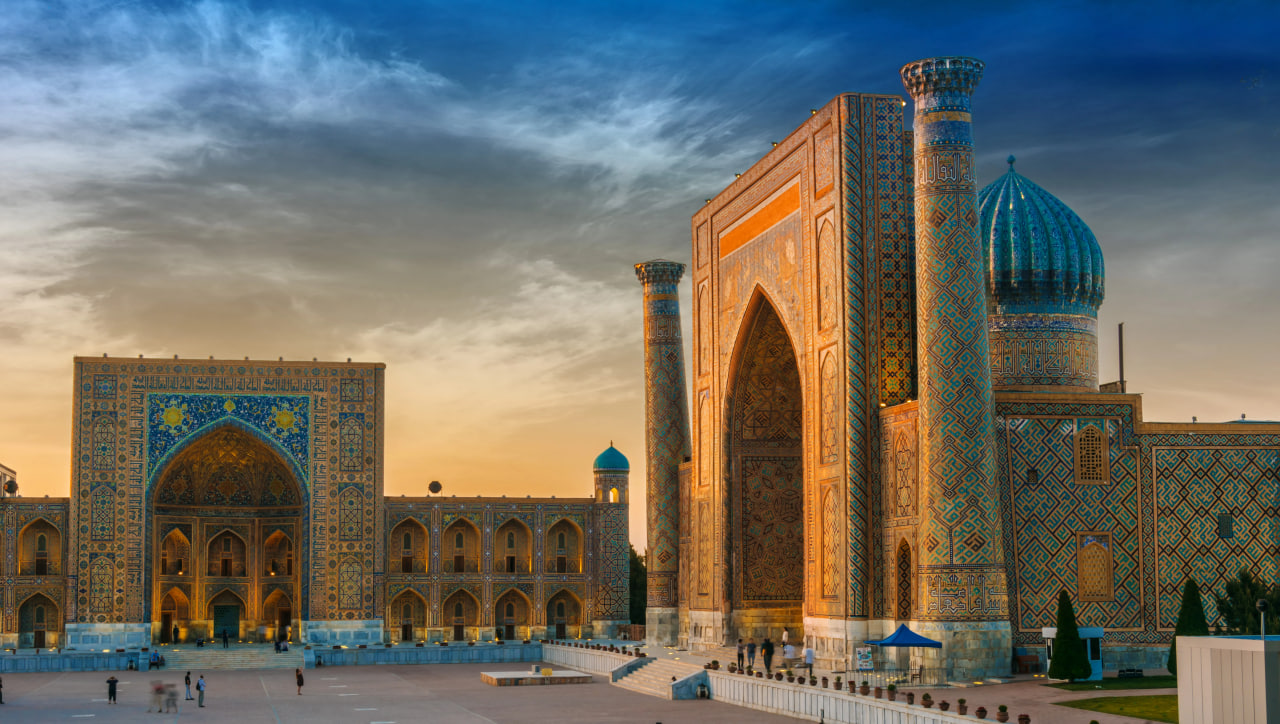
The study conducted in 2001 by the International Union for Conservation of Nature found that “there are 166 existing trans-boundary protected area complexes in the world, comprising 666 individual protected areas.”
In 2007, the Global Trans-boundary Nature Conservation Network published a global list of trans-boundary protected areas where 227 trans-boundary protected areas have been identified.
In most cases, individual TBPAs are part of broader international environmental or cultural programs. TBPAs may be UNESCO World Heritage Sites, Ramsar Wetlands and/or Biosphere Reserves.
More specifically, as of this date:
- Trans-boundary World Heritage sites (43 in total, 1 in Central Asia - Western Tien Shan/Kazakhstan, Kyrgyzstan and Uzbekistan)
- Trans-boundary Ramsar wetlands (22 in total, with none in Central Asia).
- Trans-boundary biosphere reserves (22 in total, including 1 in Central Asia - Great Altai/Russia and Kazakhstan).
Trans-boundary nature conservation complexes
Strengthening trans-boundary cooperation between neighboring countries in Central Asia in the sphere of ecosystem protection and biodiversity conservation is possible through the organization of trans-boundary protected areas (PAs)
Currently, there is a real possibility of establishing trans-boundary PAs in the north-east of Uzbekistan with Kazakhstan and the eastern part of Uzbekistan with the Kyrgyz Republic. The first steps for this have already been taken.
The Chatkal State Biosphere Reserve (Maidantal) and the Ugam Chatkal State Biosphere Reserve (Bashkyzylsai) together with the Karatau State Nature Reserve, the Aksu-Zhabagly State Nature Reserve and the Sairam-Ugam State National Nature Park (Kazakhstan), and the Sary-Chelek State Biosphere Reserve, the Besh-Aral State Nature Reserve and the Padysh-Ata State Nature Reserve (Kyrgyz Republic), in 2016 the UNESCO World Heritage Committee inscribed the transboundary serial site “Western Tien Shan”, collectively nominated by Kazakhstan, Kyrgyzstan and Uzbekistan, on the List of World Cultural and Natural Heritage.
In 2018, the Memorandum on Management and Protection of the Serial Trans-boundary Site of the UNESCO World Natural Heritage Site “Western Tien-Shan” (hereinafter referred to as the Memorandum) was signed in order to promote trilateral cooperation between the Republic of Kazakhstan, the Kyrgyz Republic and the Republic of Uzbekistan (hereinafter referred to as the Parties) in the field of protection and management of components of the serial trans-boundary site, concluded between the State Agency for Environmental Protection and Forestry under the Government of the Kyrgyz Republic (transformed into the Committee on Ecology of the Kyrgyz Republic) and the State Agency for Environmental Protection and Forestry under the Government of the Kyrgyz Republic (transformed into the Committee on Ecology of the Kyrgyz Republic).
A Regional Committee has been established to coordinate facility management activities under the Memorandum.
The transnational natural site “Turanian Temperate Deserts” was inscribed on the UNESCO World Natural Heritage List at the 45th session of the UNESCO World Heritage Committee held from September 10-25 in Riyadh, Saudi Arabia. The Turanian Deserts are the first site included in the category of temperate deserts on the UNESCO list. The included sites are located in three countries in the territories of desert conservation reserves, national parks and landscape reserve in Uzbekistan, Kazakhstan and Turkmenistan. This nomination includes a total of 7 protected areas from three countries. In particular, from Kazakhstan the State Reserve “Barsakelmes” and the National Park “Altyn Emel”, from Turkmenistan the State Reserves “Kaplankyr”, “Bereketli Karakum” and “Repetek”, from Uzbekistan the Integrated (landscape) Reserve “Saigachiy” and the National Park “Southern Ustyurt”. Inclusion of the Turanian Temperate Deserts in the list of World Natural Heritage is also important from the point of view of preserving the unique biological diversity, in particular, it will allow to bring to the international level the protection of 41 species of mammals, 167 species of birds, 42 species of reptiles, among the fauna of which the kulan, saiga antelope, gazelle, urial and many globally threatened species of animals and plants are of special value.
In Uzbekistan, the Ustyurt Plateau is home to the Saigachiy Integrated (Landscape) Reserve (0.63 million ha) and the Southern Ustyurt National Nature Park (1.45 million ha). The Southern Ustyurt NPP is bordered to the south by the Kaplankyr State Nature Reserve (282,200 ha, Turkmenistan) and to the west there is the Ustyurt State Nature Reserve (223,300 ha Kazakhstan), which is located away from the border. All of these protected areas are home to saiga antelope (there is a signed Memorandum with these countries on this species), Ustyurt sheep, gazelle, honeyeater, which are included in the Red Data Books of these countries. In addition to these species, it is necessary to preserve their habitats, the existing landscape, as well as natural objects and complexes.
In the nearest future, it will be possible to create a trans-boundary protected area of three countries in this area.
On top of that, there could be established a trans-boundary protected area with Kazakhstan for the conservation of saigas and their habitats. On the part of Uzbekistan, there are the Saiga complex (landscape) reserve and the Aralkum National Nature Park (1.0 million ha). On the Kazakhstan side, there is the Barsakelmes State Nature Reserve (160,826 ha).

.PNG)


